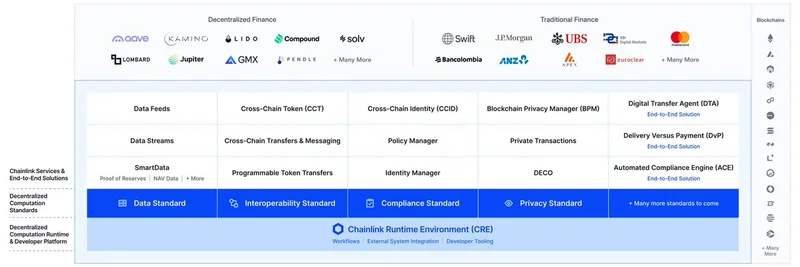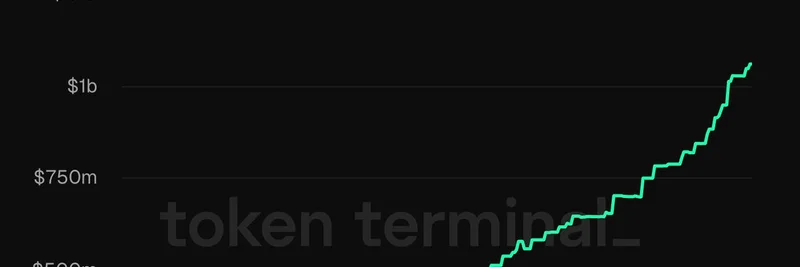Hey there, crypto enthusiasts! If you've been keeping an eye on the blockchain space, you know things are heating up with big corporations dipping their toes into launching their own Layer 1 (L1) blockchains. For the uninitiated, an L1 blockchain is the base
- Recent news shows Circle launching Layer 1 blockchain Arc using USDC, published today, August 12, 2025.
layer of a network—like Ethereum or Solana—where all the core transactions and smart contracts happen. Recently, a tweet from Mert, the CEO of Helius Labs and a former Coinbase exec, sparked some serious discussion. He suggested that this trend might be the biggest boon for Chainlink (LINK) above all else. Let's unpack why that could be spot on.
Mert's tweet, posted on August 12, 2025, reads: "call me crazy but all these corporations launching L1s is likely bullish LINK the most?" You can check it out here. Mert's no stranger to the scene—he's deeply involved in Solana's ecosystem through Helius, which provides RPCs, APIs, and trading infrastructure. His take? As more corps roll out their own chains, the need for seamless connections between them skyrockets. That's where Chainlink comes in.
Chainlink is essentially the go-to oracle network in crypto. Oracles are like bridges that fetch real-world data (think stock prices, weather info, or even random numbers) and feed it securely into blockchains. Without them, smart contracts would be isolated bubbles. But Chainlink doesn't stop there—it's evolving into a full-blown interoperability powerhouse with tools like the Cross-Chain Interoperability Protocol (CCIP) and its Runtime Environment (CRE). These allow different blockchains to talk to each other, transfer assets, and ensure compliance across the board.
Now, why the corporate L1 boom? Just look at recent moves. Circle, the company behind the USDC stablecoin, announced plans for its own EVM-compatible L1 called Arc, set to hit public testnet this fall. It's designed to make stablecoin transactions faster and more efficient. Other giants like Sony have launched Soneium, and we're seeing similar plays from financial heavyweights exploring tokenized assets. These aren't just hype; they're about integrating traditional finance (TradFi) with decentralized finance (DeFi). But here's the catch: all these siloed chains need to interoperate to avoid fragmentation. Liquidity can't be trapped, compliance has to be baked in, and data must flow freely—sound familiar?
One reply to Mert's tweet nailed it by quoting SWIFT's CIO, who described a future financial system with "compliant, synchronized, secure, and auditable" coordination. He talked about liquidity moving freely, consistent finality across jurisdictions, and seamless public-private infrastructure. The punchline? An image illustrating Chainlink's ecosystem, showing integrations with DeFi protocols like Aave and TradFi players like Swift and JPMorgan.
As the diagram shows, Chainlink's services—like data feeds, cross-chain tokens, and privacy managers—position it as the "orchestration" layer for this multi-chain world. Replies to the tweet echoed the sentiment: one user called LINK the "toll booth" for all these new L1s, while others pointed to alternatives like Polygon's AggLayer. But the consensus? More chains mean more demand for Chainlink's tech.
From a meme token perspective—since that's our jam here at Meme Insider—this could trickle down big time. Meme coins thrive on hype, liquidity, and cross-chain accessibility. If corporations' L1s integrate Chainlink for oracles and bridging, it opens doors for memes to spread across ecosystems, from Solana pumps to Ethereum classics. Imagine seamless swaps or oracle-fed prediction markets for your favorite dog-themed tokens.
Is Mert crazy? Probably not. With blockchain adoption accelerating, Chainlink's role as the connective tissue could send LINK soaring. Keep an eye on these developments—they might just redefine the crypto landscape. What do you think? Drop your takes in the comments below!


